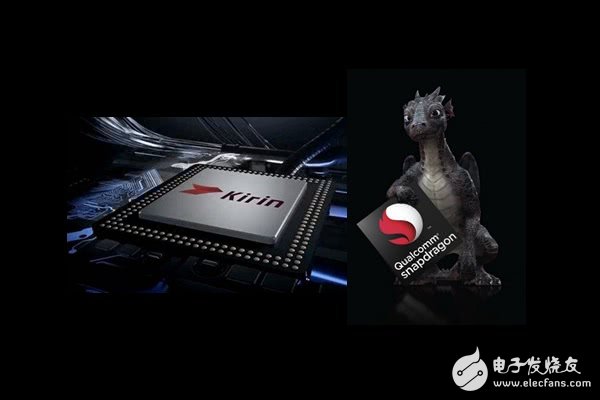As Chinese and US operators actively promote 5G commercialization, US operators announced commercial 5G this year, China Mobile announced commercial 5G next year, 5G on natural MWC2018 became one of the most concerned technologies, and Huawei announced commercial global at MWC2018 The first 5G chip Barong Balong 5G01. Let's take a look at the related content with the network communication Xiaobian.
Huawei launched the commercial 5G chip, but it still lags behind Qualcomm in terms of technology.
Qualcomm released the 5G baseband X50 as early as 2017. It is expected to be used on smartphones as early as early next year. At present, it has been tested with multiple operators using products equipped with this chip. The X50 5G modem chipset implements the first officially released 5G data connection on the 28GHz millimeter wave band.
For the 5G chip, the difficulty is obviously much larger than that of the 4G chip. It needs to support the frequency band below 6GHz and the millimeter wave at the same time. Supporting multiple frequency bands requires the chip manufacturers to have stronger technical research and development strength. In this respect, the X50 chip obviously reflects Qualcomm has strong technical research and development capabilities in the field of mobile communications.

Huawei released the chip 5G01 on MWC2018, and also released the 5G router equipped with the chip. According to the introduction, Huawei 5G CPE is divided into two versions, which support CPE within 6GHz and CPE supporting millimeter wave, and support in volume. The millimeter wave CPE weighs 2KG and the volume reaches 3L.
Obviously, in terms of multi-band support, Qualcomm's X50 is stronger; the X50 is already available for smartphones in terms of chip size, and the CPE with Huawei 5G chip is too heavy and too large, indicating that Huawei 5G chips are not yet suitable for smartphones.
According to the past rhythm, Huawei often integrates the baseband and mobile phone processor into SOC in the next year. The current 5G chip released by Huawei obviously needs further research and development to reduce the size so that it can be loaded on the SOC. Among the smaller smartphones, Huawei has doubts about whether it can launch a 5G baseband mobile phone SOC next year.
Even so, Huawei's ability to follow up with 5G chips so quickly is a huge improvement. In the United States, the commercial 4G used Qualcomm chips in 2010, and in 2014, China's commercial 4G did not see Huawei's 4G in the first half of 2014. The chip, now 5G has not been commercialized Huawei has released 5G chips, which has significantly shortened the technology gap with Qualcomm.
In addition to Qualcomm and Huawei, Intel has also released 5G chips at the end of last year. In addition, Samsung is about to release its 5G chip Exynos 5G. It is expected that MediaTek and Spreadtrum will also release their 5G chips next year, apparently in the 5G era. With the competition of many chip companies, Qualcomm is no longer a big one. This is certainly not good news for Qualcomm. The fierce market competition will inevitably separate Qualcomm's market share in mobile phone chips.
FC/PC Fiber Optic Fast Connector
Fc/Pc Fiber Optic Fast Connector,Optical Fiber Fast Connector,Fast Sc Connector,Fast Connector Ftth
Ningbo Fengwei Communication Technology Co., Ltd , https://www.fengweicommunication.com
